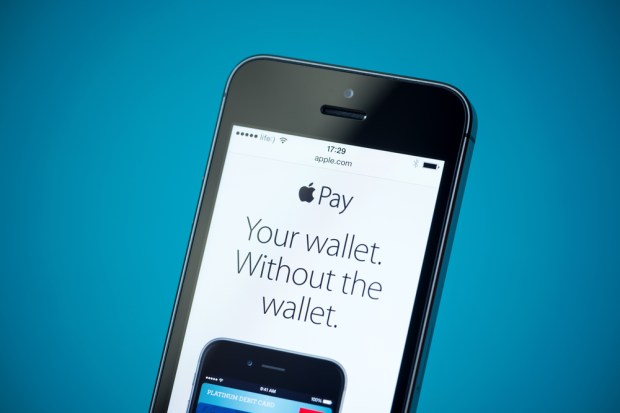Apple Pay Comes To Switzerland, Its Second European Country

Apple isn’t resting on its laurels when it comes to expanding its mobile payment service beyond the U.S. The company announced Thursday (July 7) that Apple Pay has officially entered the Switzerland market.
This marks the first country in Europe outside of the U.K. to start accepting Apple Pay as a payment method.
Currently, the service is available in the U.S., Canada, Australia, China and Singapore. By expanding into another European country, the company is aiming to boost the convenience for travelers who use Apple devices. With Apple Pay, iPhone and Apple Watch users can make a payment for purchases by swiping their mobile device. As of Thursday, customers in Switzerland can set up their Visa and MasterCard bank cards in an Apple Wallet and begin using the contactless payment method.
Mobile payments are growing in popularity among consumers who like the ease of purchasing things with their mobile phone instead of their wallet. But the growing acceptance of mobile payments means Apple is facing more competition from regional services and local banks. Recognizing that, in May Jennifer Bailey, an Apple vice president told TechCrunch the goal is for Apple Pay to be in every “significant” market it operates in with an eye toward fast expansion in Europe and Asia.
While Apple is setting its sights on Europe with its announcement Thursday, a recent Reuters report highlighted the fact that Apple Pay hasn’t made much inroads with the service outside of the U.S. According to Reuters, Apple Pay usage volume was $10.9 billion in 2015, with most of it coming from the U.S.
But even in the U.S., consumer adoption has been a struggle. PYMNTS’ most recent research from June 2016 found that only 23.8 percent of those who could use Apple Pay, did. Furthermore, Apple Pay has not seen widespread repeat usage.
As MPD CEO Karen Webster recently noted, “The percent of people who use the service more than once has fallen from its peak a year ago, and is now sharply lower than what had been seen at launch. After you take into account both who has adopted the service, and how often people who have adopted it use it, the numbers have barely moved over 20 months: roughly speaking, only one person in 20 who have the service use it when they can, 19 out of 20 people who have the service don’t even bother.”
